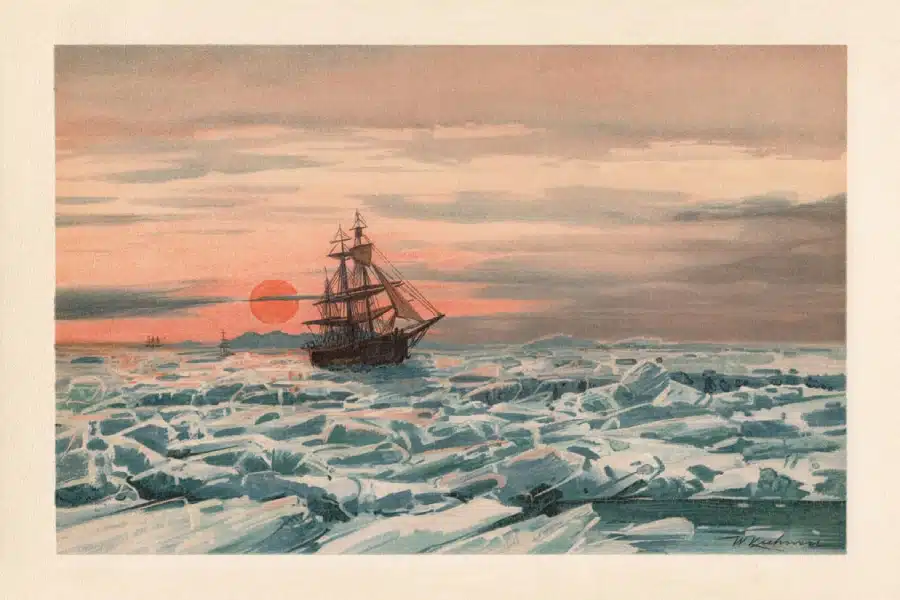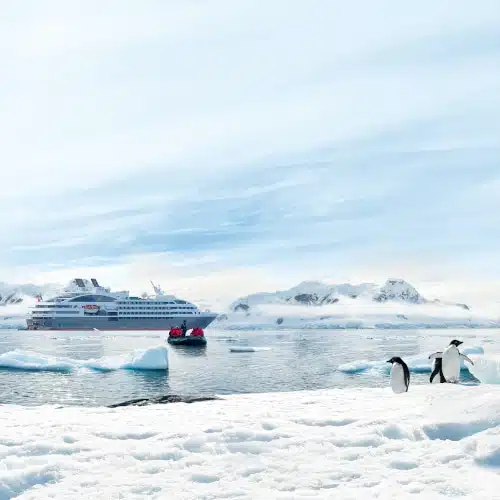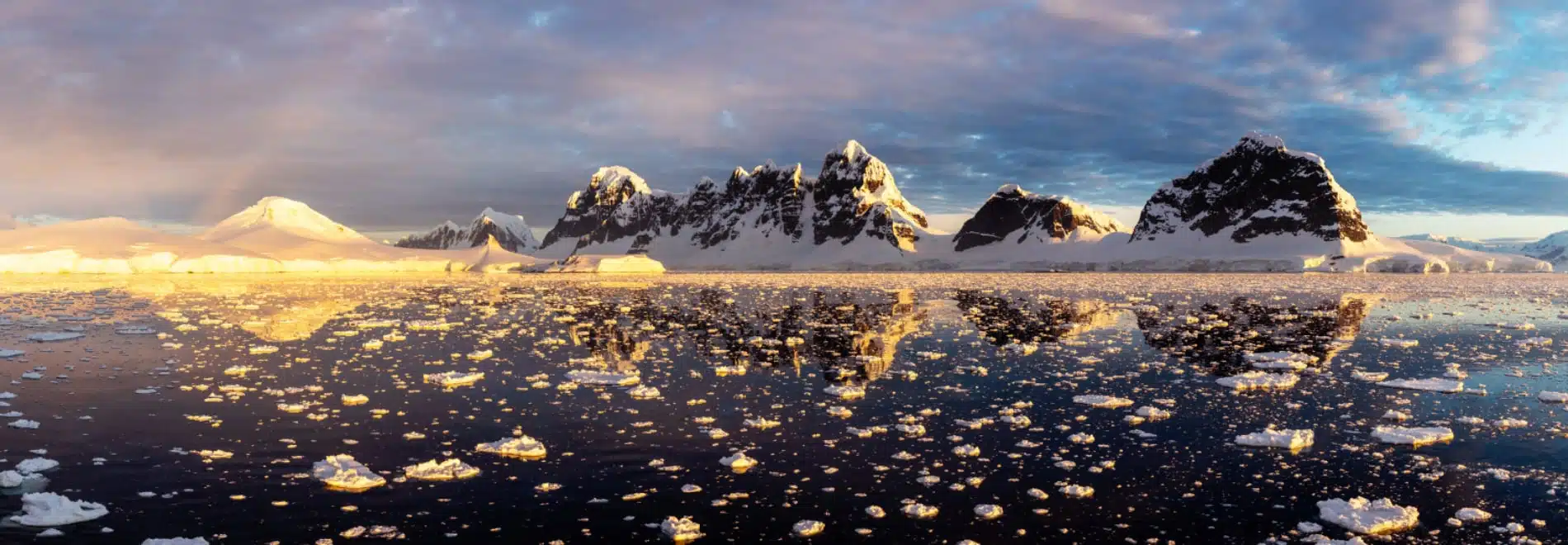A mix of fantasy and reality
From the accounts of past and present explorers, from imaginary tales to practical guides, from scientific insight to artistic perspectives, books offer a a million ways to immerse yourself in the polar regions. They are the perfect way to learn more about these remote regions and fuel your imagination without even leaving your home.
Travelogues: the pioneers
First of all, there are of course the testimonies of those who started it all. Those daring pioneers whose dreams of adventure were so grand that they risked hoisting their sails and lead the way for us. Read Farthest North by Fridtjof Nansen, Towards the South Pole Aboard the “Français” by Jean-Baptiste Charcot or First Crossing of the Polar Sea by Roald Amundsen. This legendary flight in an airship in 1926 made Amundsen the first man to reach the two Poles, having made it to the South Pole in 1911. Just as legendary is the account of Sir Ernest Shackleton in The Heart of the Antarctic, foreshadowing South: The Story of Shackleton’s Last Expedition, 1914-1917, the dizzying tale of his failed attempt to cross Antarctica from coast to coast. Boréal and Banquise by Paul-Émile Victor, the two logbooks from his two expeditions in the 1930s aboard the Pourquoi-Pas ?, are equally fascinating for French speakers.

Books on the Arctic and Antarctica: a mix of imagination and education
But the polar regions have also provided inspiration to the most vivid imaginations. That of a young Edgar Allan Poe, for example. In 1838, at the age of 29, he wrote The Narrative of Arthur Gordon Pym of Nantucket, his only adventure novel, set in the heart of Antarctica. And, when you’re done with that, you should read An Antarctic Mystery by Jules Verne, an unexpected sequel to Poe’s novel. But if you’re more ‘down to earth’ and want answers to your countless questions on the mysterious polar regions, the Petit manuel du voyageur polaire by Christophe Migeon is a great resource for French speakers. It provides plenty of information to help you learn all about sea ice formation, permafrost and ice caps, as well as the animals of the Arctic and Antarctica. Le Monde des icebergs by naturalist and photographer Christian Kempf, who has been exploring the Arctic for over 40 years, is also very educational. English speakers might be more interested in his captivating book dedicated to the lord of the Arctic: The Polar Bear, which uses material from nearly 50 summers spent in the region.
Photo reportage and documentaries on the poles: artists’ perspectives
And to prepare your eyes for the grandeur to come, don’t miss the magnificent photographic ‘visions’ of dream chaser Thierry Suzan in Peninsula, une vision sublime de l’Antarctique. Or those of Laurent Ballesta and Vincent Munier in Adélie, terre et mer. You can round off your journey with images from Jérôme Bouvier’s documentary, Antarctica: In the Footsteps of the Emperor, which blends the two photographers’ perspectives: underwater and on land. Stéphane Dugast’s film, Paul-Émile Victor, j’ai horreur du froid is also well worth watching if you’re a French speaker. Combining hitherto unseen archives and moving testimonials, the documentary recounts the extraordinary life of the unique explorer and true pioneer of ecology who lived multiple lives.
With your head full of these words and images, you can now head beyond the polar circles to make your dreams come true…
Photos credits : © iStock / ©StudioPONANT/Morgane Monneret

Push the limits of your imagination
Make your dreams of exploration come true with PONANT during a polar expedition cruise



